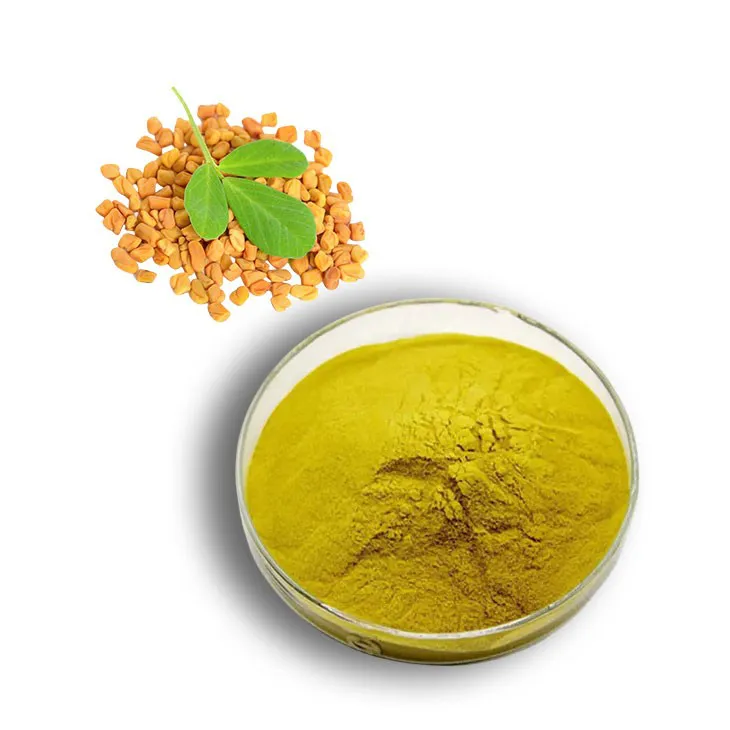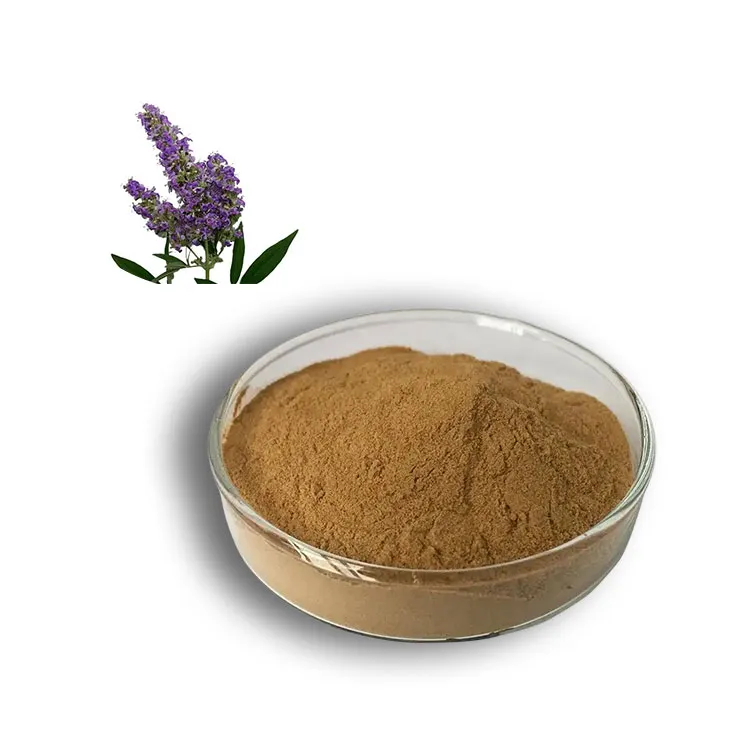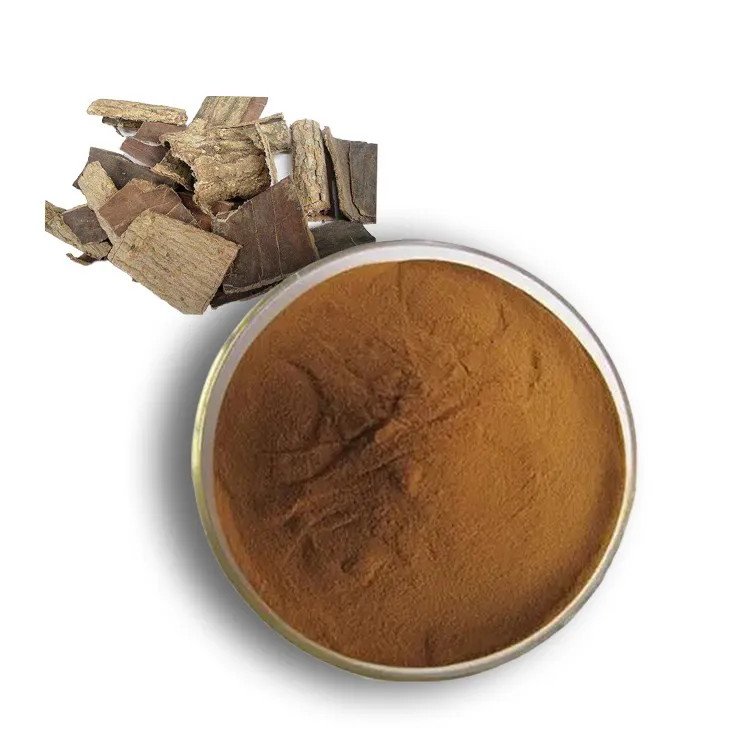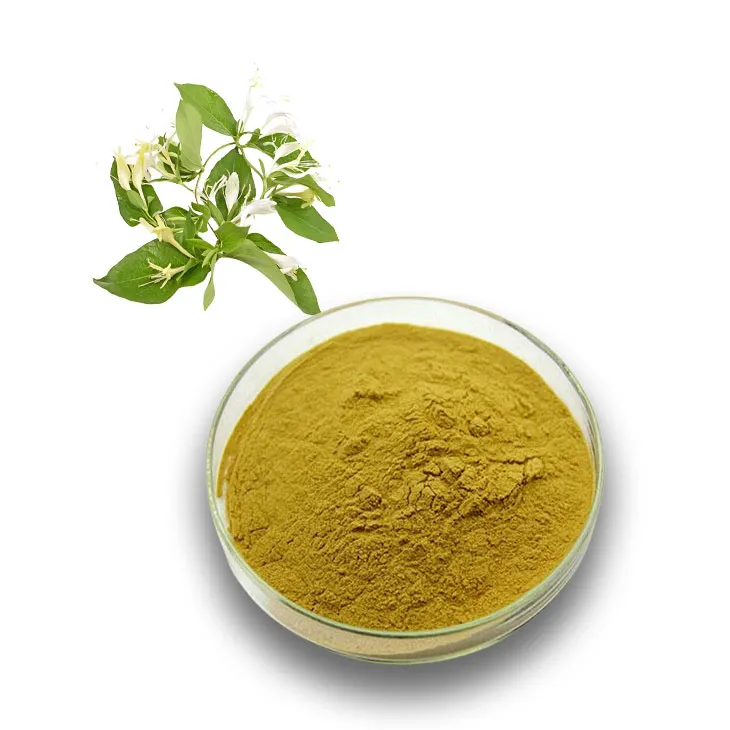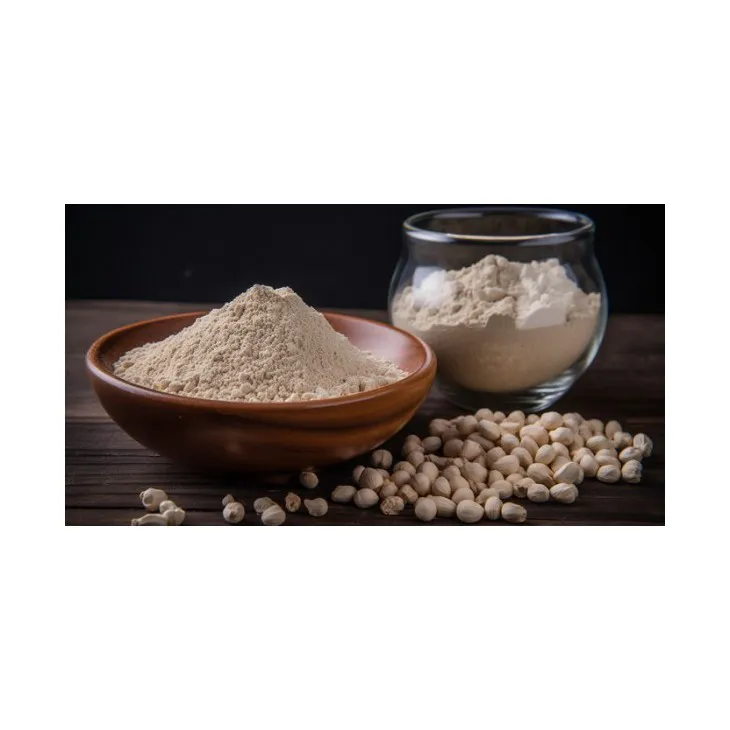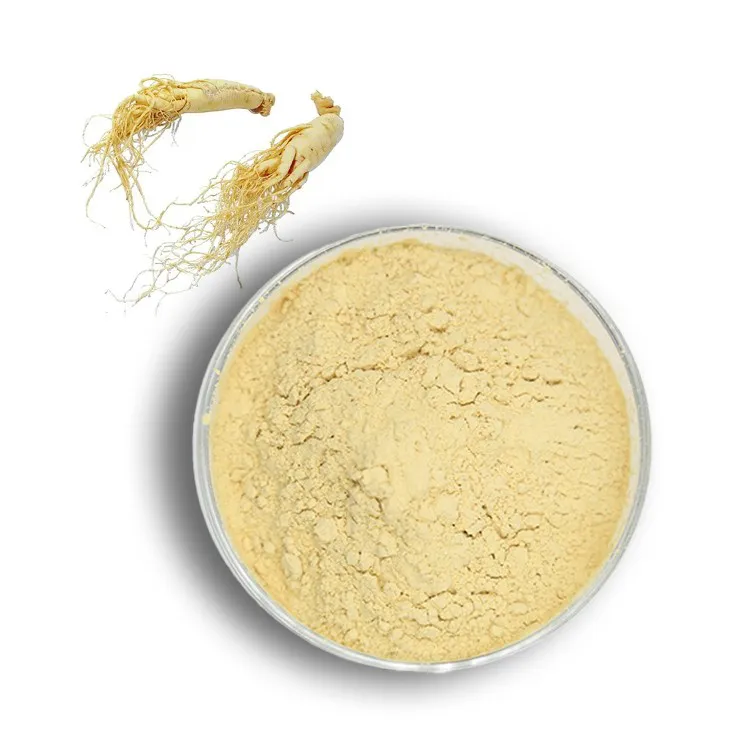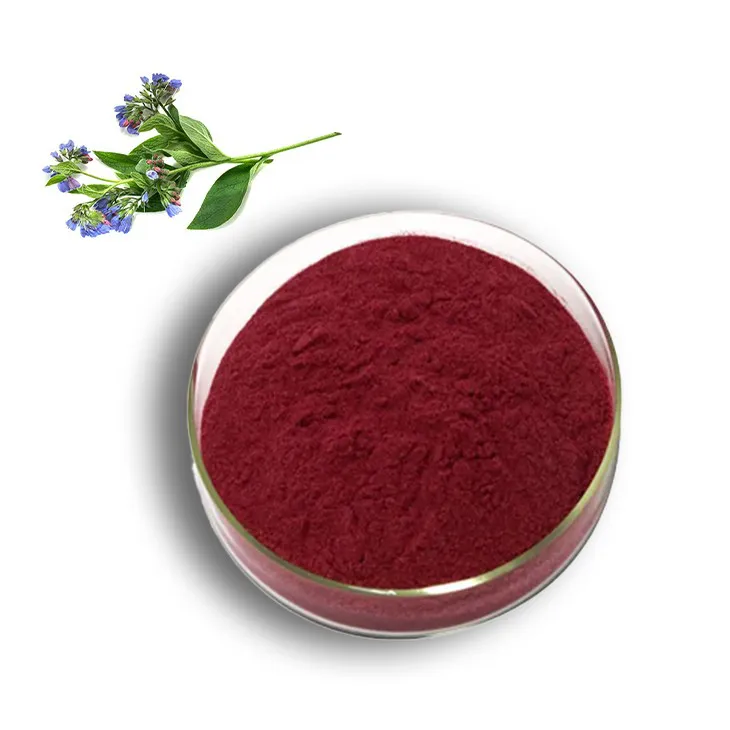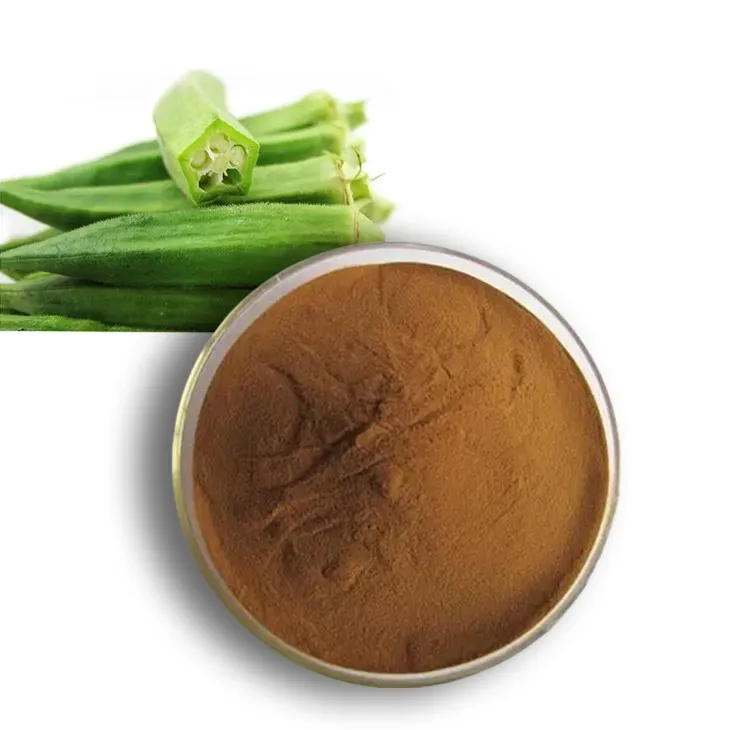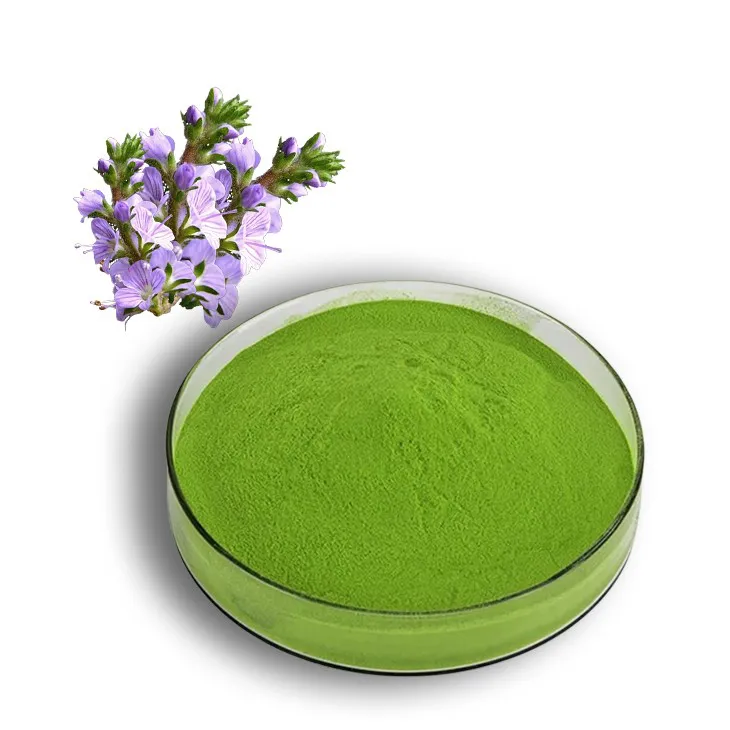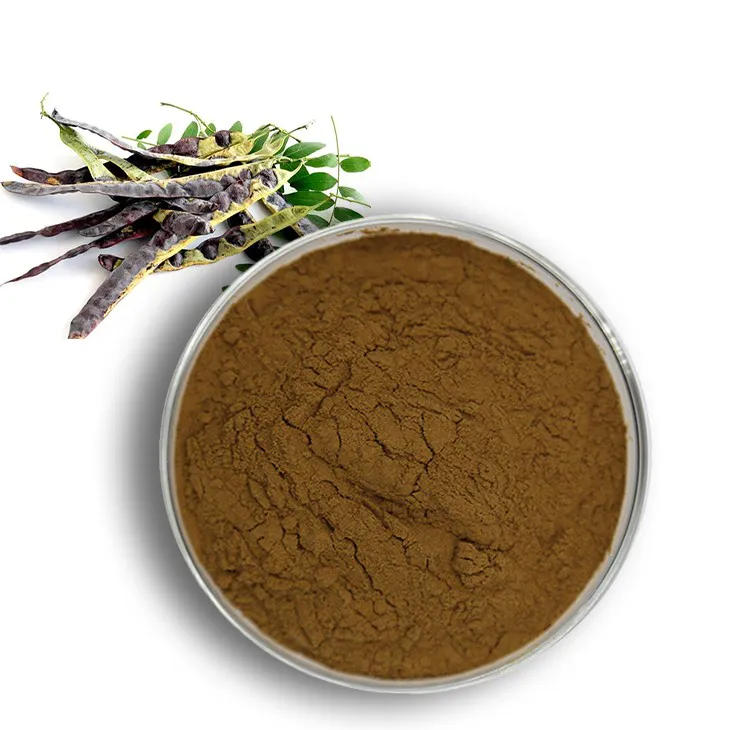- 0086-571-85302990
- sales@greenskybio.com
How to Extract Resveratrol from Grapes: A Detailed Guide
2025-09-30
Resveratrol, a natural polyphenolic compound famed for its potent antioxidant properties, is most commonly found in grapes, particularly in the skins of red grapes. This impressive compound has attracted considerable attention due to its potential health benefits, including anti-inflammatory, anti-aging, and cardioprotective effects. Resveratrol has been linked to the French paradox, which observes lower instances of heart disease in French populations despite high dietary intake of fatty foods, potentially due to regular consumption of red wine. With growing interest in natural health supplements and functional foods, the extraction of resveratrol from grapes has become a valuable endeavor. This article provides an in-depth overview of the methodologies, considerations, and applications involved in the extraction of resveratrol from grapes.
Understanding Resveratrol in Grapes
Resveratrol predominantly resides in the skin of grapes as a defense mechanism against pathogens. Red wine, derived from the fermentation of grape skins, is known to contain higher concentrations of this compound than white wine. This is because red wine production involves extended contact with grape skins during fermentation. It’s crucial to select grape varieties with high resveratrol content, such as Vitis vinifera, commonly used in red wine production, for successful extraction.
1. Pre-Extraction Considerations
Before initiating the extraction process, several pre-extraction factors should be considered to maximize yield and quality:
Selection of Raw Material: Opt for organically grown red grape varieties rich in resveratrol. Ensure the grapes are free from pesticides and contaminants to prevent interference with the chemical properties of resveratrol.
Ripeness: Grapes should be harvested at optimal ripeness as resveratrol levels can vary with maturity. Overripe grapes may exhibit reduced resveratrol concentrations.
Preparation: Thoroughly wash and de-stem the grapes. The skins should be separated from the pulp, as they contain the highest concentration of resveratrol.
2. Methods for Resveratrol extraction
Several methods are employed to extract resveratrol from grape skins, ranging from traditional techniques to advanced technological processes. Here, we outline the most effective extraction methods:
Solvent Extraction
Solvent extraction is one of the most commonly used methods for isolating resveratrol from plant material due to its efficiency and cost-effectiveness. The process involves the use of organic solvents such as ethanol, methanol, or acetone.
Procedure:
Crush the grape skins to enhance surface area for extraction.
Immerse the crushed skins in an organic solvent, where ethanol is often preferred due to its safety and efficacy.
Allow the mixture to macerate for a specified period, usually 24 to 48 hours, at room temperature while occasionally stirring.
Filter the solution to separate the liquid extract from solid residues.
The solvent can be removed by evaporation under reduced pressure to yield a resveratrol-rich extract.
Considerations: The choice of solvent and duration of extraction significantly influences the yield and purity of resveratrol. Ethanol, being food-grade, is ideal for consumable extracts.
Supercritical Fluid Extraction (SFE)
Supercritical fluid extraction, particularly using carbon dioxide (CO2), is a newer, environmentally friendly technique that stands out for its efficiency and minimal solvent residue.
Procedure:
Load the grape skins into an extraction vessel.
Pump supercritical CO2 into the vessel, which acts as a solvent under high pressure and temperature.
The supercritical fluid solubilizes the resveratrol and extracts it from the biomass.
The pressure is subsequently lowered to precipitate the resveratrol, separating it from the CO2.
Advantages: SFE offers a clean and non-toxic alternative to traditional solvents, providing higher purity extracts without residue.
Ultrasound-Assisted Extraction (UAE)
Ultrasound-assisted extraction employs ultrasonic waves to enhance the penetration of solvents into the plant matrix, facilitating faster and more efficient extraction.
Procedure:
Combine crushed grape skins with a suitable solvent, such as ethanol.
Apply ultrasonic waves to the mixture to enhance cell wall disruption and increase solvent diffusion.
The extraction can be completed in significantly reduced time compared to conventional methods.
Filter and evaporate the solvent as in other methods.
Advantages: UAE is time-efficient and increases yield while reducing solvent usage.
Microwave-Assisted Extraction (MAE)
Microwave-assisted extraction utilizes microwave energy to heat the plant material and solvent, promoting rapid extraction through enhanced mass transfer.
Procedure:
Mix grape skins with an appropriate solvent and place in a microwave-compatible vessel.
Apply microwave energy to heat the mixture rapidly.
The process takes a few minutes, after which the extract is filtered and the solvent is removed.
Advantages: MAE is fast and energy-efficient, providing high yields of resveratrol with reduced solvent volumes.
3. Purification of Resveratrol
Post-extraction, resveratrol can be further purified using chromatographic techniques such as high-performance liquid chromatography (HPLC). This step is critical for applications requiring high purity levels, such as pharmaceuticals and nutraceuticals.
4. Applications of Resveratrol extract
Resveratrol extracts are leveraged for various applications, owing to their multifunctional health benefits:
Dietary Supplements: Available in capsule or powdered form, resveratrol supplements are popular for promoting cardiovascular health, cognitive function, and longevity.
Cosmetics: Incorporated into skin care products for its anti-aging and antioxidant properties.
Functional Foods: Resveratrol-enriched foods and beverages are growing in demand as consumers seek wellness-enhancing products.
Conclusion
- ▶ Hesperidin
- ▶ Citrus Bioflavonoids
- ▶ Plant Extract
- ▶ lycopene
- ▶ Diosmin
- ▶ Grape seed extract
- ▶ Sea buckthorn Juice Powder
- ▶ Fruit Juice Powder
- ▶ Hops Extract
- ▶ Artichoke Extract
- ▶ Mushroom extract
- ▶ Astaxanthin
- ▶ Green Tea Extract
- ▶ Curcumin
- ▶ Horse Chestnut Extract
- ▶ Other Product
- ▶ Boswellia Serrata Extract
- ▶ Resveratrol
- ▶ Marigold Extract
- ▶ Grape Leaf Extract
- ▶ New Product
- ▶ Aminolevulinic acid
- ▶ Cranberry Extract
- ▶ Red Yeast Rice
- ▶ Red Wine Extract
-
Fenugreek Extract Powder
2025-09-30
-
Chasteberry Extract
2025-09-30
-
Eucommia Ulmoides Extract
2025-09-30
-
Honeysuckle Pollen
2025-09-30
-
Coix Seed Extract
2025-09-30
-
Ginseng Root Extract
2025-09-30
-
Shikonin
2025-09-30
-
Okra Extract
2025-09-30
-
Alfalfa Meal
2025-09-30
-
Saponin Extract
2025-09-30











